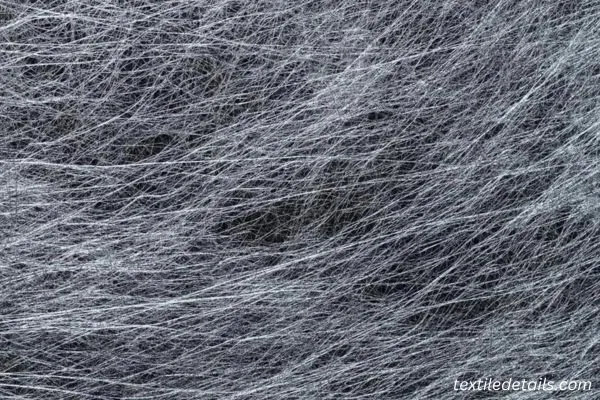Nonwoven fabrics are important in many industries, Due to their eco-friendliness and affordability. Their applications are expanding, and they are employed in different sectors, including healthcare and the automobile industry. Defects in nonwoven fabric production can result in poorer quality, more waste, and more cost production. In this blog post, we will know the common defects in nonwoven fabric production.

Do you know, What type of defects are found during non-woven production?
Table of Contents
1. Web Irregularities:
Unequal distribution of fibers can lead to irregularities in the web formation. It causes thickness variations and weak spots in nonwovens.

2. Fiber Clustering:
Aggregation of fibers results in localized areas of higher density. It leads to uneven properties and reduced fabric quality.

3. Lamination Issues:
Improper bonding of layers causes delamination. It will reduce the strength and integrity of the nonwoven fabric.

4. Holes:
Unintended holes occur due to equipment malfunctions or foreign particles in nonwoven fabric.
5. Unsmooth Thickness:
Inconsistent fiber distribution can lead to variations in fabric thickness. It will affect the fabric’s performance and aesthetics.

6. Flaws in Bonding:
Inadequate bonding between fibers creates weak spots. It reduces overall tensile strength and tear resistance.

7. Pilling:
Loose fibers on the surface create pilling. It affects the fabric’s appearance and potentially causes discomfort in applications like apparel.

8. Misalignment:
Misalignment of fibers during production can cause the fabric to be skewed or distorted.
9. Wrinkles or Creases:
Improper tension or handling of the fabric creates wrinkles in the fabric. Creases, or folds, affect nonwoven’s smoothness and functionality.

10. Color Variation:
Inconsistent dyeing or blending of fibers can create color variations. It impacts the fabric’s aesthetics and uniformity.

11. Foreign Matter Inclusion:
Contamination by foreign particles, such as dust, can affect appearance and functionality.
12. Unequal Weight Distribution:
Variations in fiber density can lead to uneven weight distribution across the fabric. It will affect nonwoven’s performance in specific applications.
Final Words:
Defects in nonwoven fabric production can be a serious challenge. By understanding the causes of defects, implementing proper quality control measures, and optimizing production processes, manufacturers can produce high-quality nonwoven fabrics that meet the demands of many industries. As the demand for nonwoven materials continues to grow, addressing and preventing defects will be important for the industry’s success.
